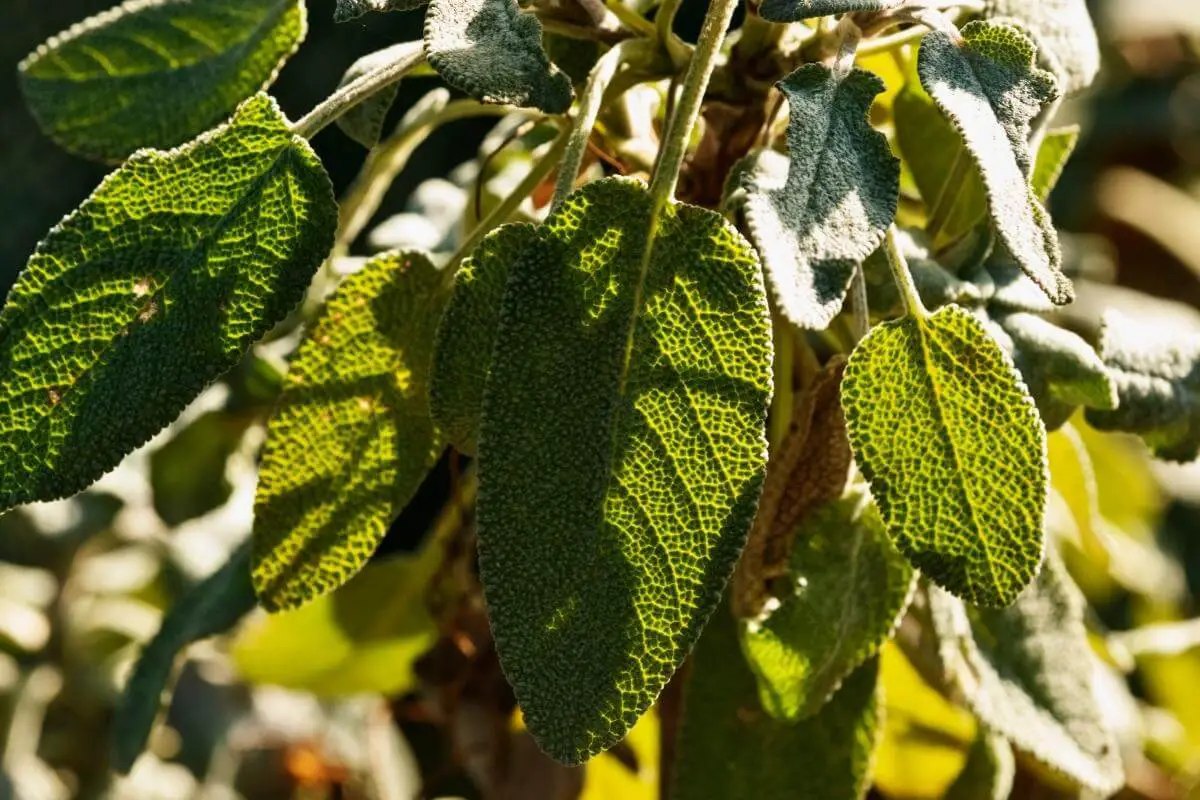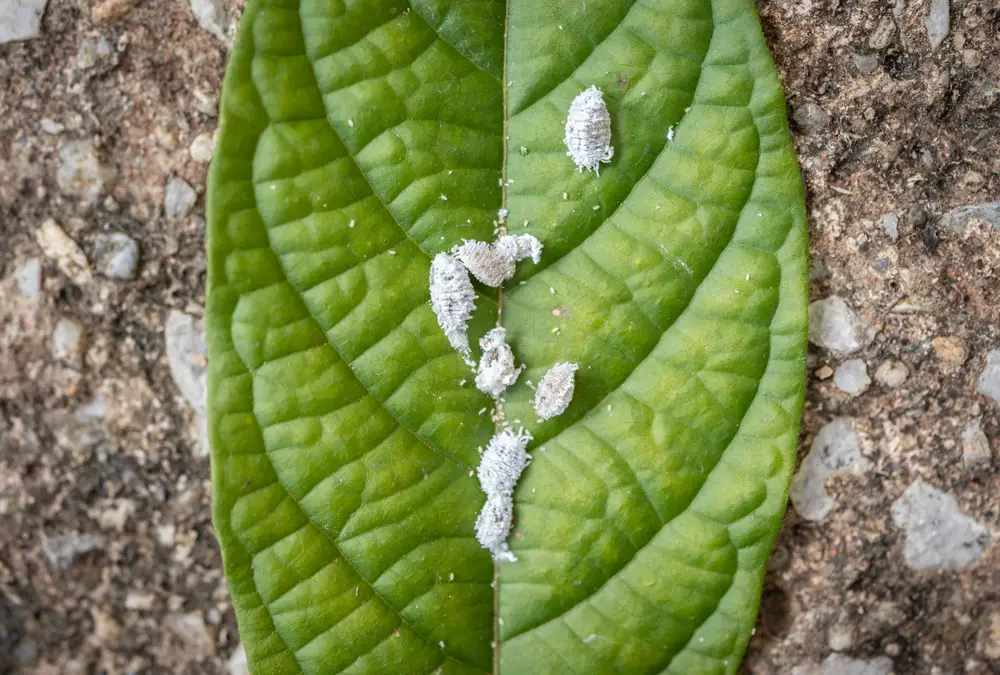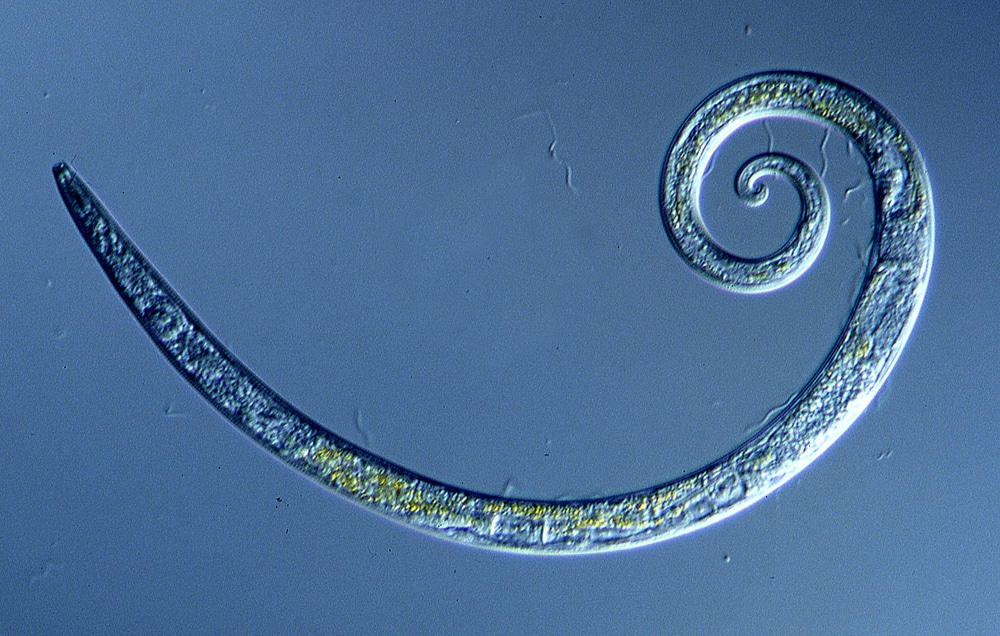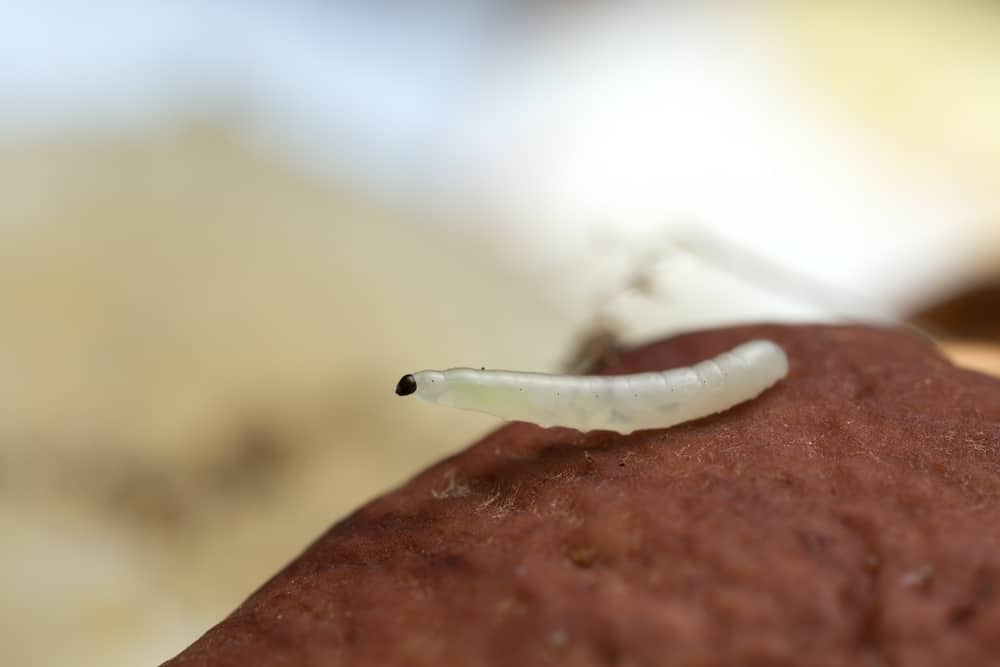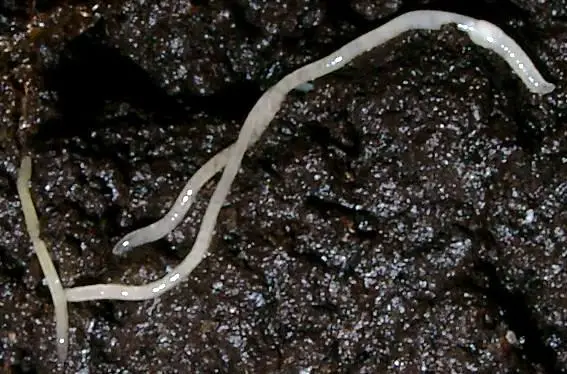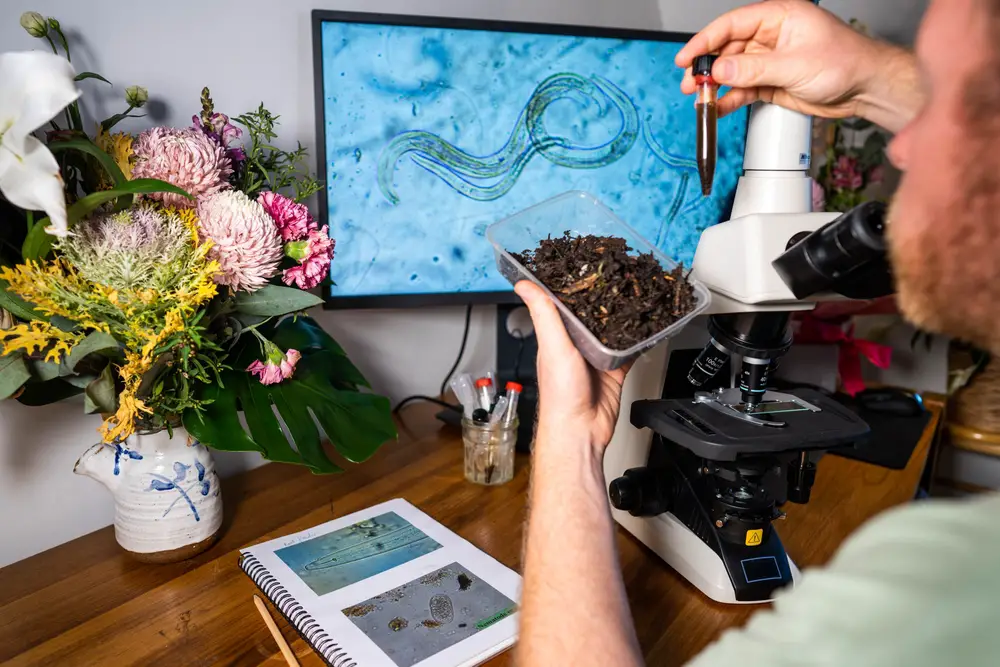Black sage leaves are a common problem often caused by too much or little moisture, slow-draining soils, dry air or excess humidity, high rainfall, too much direct sunlight exposure, and frequent fertilization than required.
Identifying the causes of black leaves is one step away from saving sage leaves and the plant from death.
Black leaves or black tips is a gradual process that starts with leaves turning yellow or brown.
Black leaves won’t recover; they will eventually wilt and fall off. However, you should ensure that whatever is causing the problem does not damage other leaves.
Aside from pruning black leaves, sage should be provided with:
- well-draining soils
- containers with drainage holes
- sufficient watering
- adequate lighting
- optimum humidity
- and adequate fertilizing
Factors That Cause Black Sage Leaves and Remedy

Soil Factors
Poor Draining Soils
Well-draining soils allow for well-established and healthy roots and have tiny pore spaces that hold oxygen.
This enables the plant’s root system to easily absorb the oxygen for plant metabolic processes.
Slow draining soils, on the other hand, retain water around the roots. If it remains saturated for too long the water displaces oxygen in those soil pores, causing root suffocation.
It also encourages fungi that can lead to root and stem rot, reducing root functionality and killing them rapidly.
Decayed root, in turn, results in black leaves and can kill it if left untreated and often starts wilting.
Thus, if you notice that sage leaves have turned black, you need to consider the soil type where you have planted the sage. Sage grows best in loose and slightly gritty soils.
Poor Draining Soil Management
If you don’t have perfect soil, there are a few tactics you can use to improve it:
- An essential practice is incorporating organic matter like compost or well-rotted manure in your garden or container. Compost increases soil aggregation, which adds valuable air pockets and fills them with oxygen. You can aerate compost further by adding perlite, mulch, vermiculite, peat moss, and sand.
- Another tactic is reducing compaction, which compresses soil pores, removing air and restricting oxygen and water movement into the soil. It may also cause soil baking since there is no moisture or air to act as an insulator to keep the soil at appropriate temperatures.
Over time, the soil in the container becomes compacted due to watering, lack of water movement, and poor soil aeration.
Growers can reduce garden compaction by avoiding driving, walking on, or working on wet soil. For the potted sage, replace the old soil with a well-drained potting mix with perlite, mulch, vermiculite, or peat moss, or repot it.
Planters can improve drainage by elevating the soil. This will involve creating a drainage system by digging channels, drains and placing pipes on a slope to remove excess water from the garden.
You can also use:
- elevating containers
- using raised beds
- or choosing pots with drainage holes can improve soil drainage in container gardening
Water Factors

High Rainfall
Although sage grows in a semi-arid climate, it can also perform well in rainy areas.
However, climates with high rainfall significantly contribute to the conditions that promote root rot which causes sage leaves to be brown and black.
It can be remedied by planting sage in well-draining soils, hilly garden sections, and proper drainage containers.
Improper Watering
Plants are about 80-95% water and need water for food production, transfer of minerals and nutrients, and healthy foliage.
So plants that are water-balanced will be stronger, immune to infection and diseases, and healthier.
Improper watering causes your sage leaves to turn black. It can happen if the sage plant is watered too much or too little.
Underwatering
Dry and crusty soil indicates underwatering. It occurs when the soil is deprived of water for too long. Although sage is a drought-resistant plant that can thrive in harsh dry environmental conditions, underwatering can harm the plant’s health.
Excessively watered sage plant pushes water through to the edge of its leaves, causing the veins at the edges to burst, which leads to browning and blackening.
Overwatering
Some of the signs of overwatering include; soggy soil, soft, dark brown, rotten, slimy texture roots, mushy stem base, or an odor emanating from the soil.
Watering sage plant frequently submerges the roots causing root rot.
Decayed roots and stems cannot supply water and nutrients. Thus the sage plant suffers from water and nutrient deficiency resulting in yellow, brown, and black leaves.
Tips for Correct Watering
Underwatered sage plants can usually recover fast after receiving water.
Water sage thoroughly to reach the roots. Consider repotting your plant to a larger container if your sage is regularly drying out far too quickly.
Probably the current pot is too small to support the amount of water it needs to thrive.
The recovery process for an overwatered sage will take much longer due to root rot:
- Use a soil moisture gauge or meter to check how moist the soil is before the next watering.
- Don’t water if the soil is moist and dark in color; only do so when the soil is dry and in the morning sun so that water evaporates more quickly and won’t remain wet for too long.
- Manually dig a little way into the soil to remove moist soil, any rotten roots, and replace the soil entirely with a new potting mix.
Humidity and Temperature Factors
Apart from watering and soil drainage problems, black sage leaves can also be due to humidity in the air.
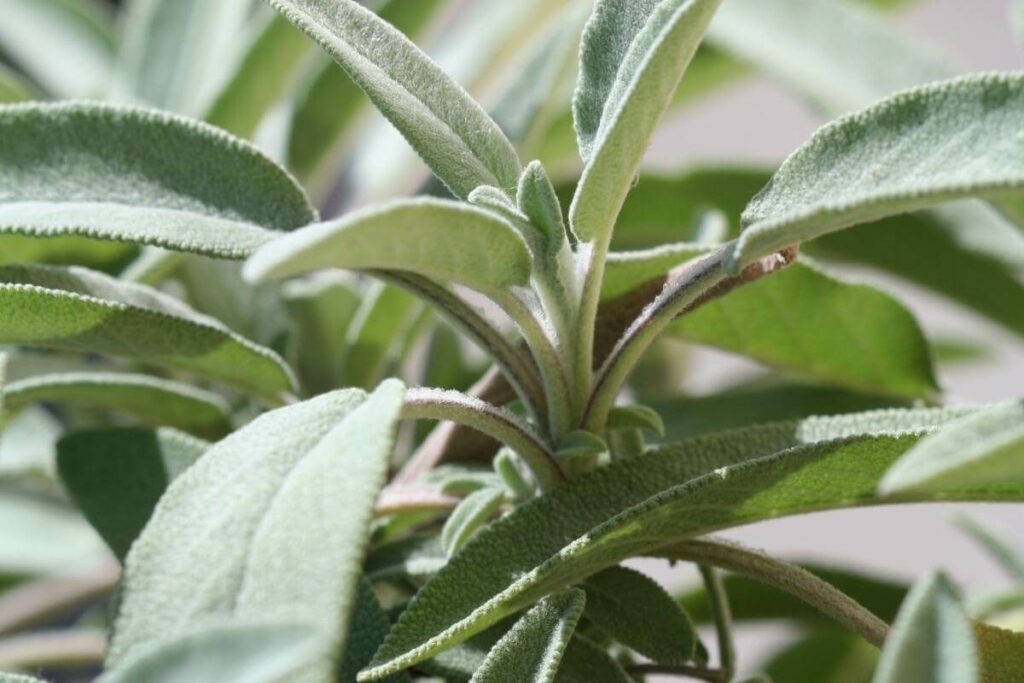
The relative humidity of the environment depends on temperature and wind speed.
Excess humidity with low temperatures and little wind lead to decreased transpiration and air circulation. The lower evaporation rate means that the soil around the roots is likely to stay damp for longer.
Additionally, too dry air with high temperatures and too much wind around the plant may cause too much evaporation and lead to black leaf tips or entire leaves turning black.
Best Practice: Sage thrives best in tropical regions under 150C to 210C and relative humidity of 70%. Ensure sage is within these temperature and humidity levels.
Lighting Factor
Too much light or direct sunlight also causes black leaves or black tips.
Sage adapts to medium sun exposure. You should place indoor sage on a windowsill for 6-8 hours of sunlight exposure.
If it isn’t sufficient, install growing lights.
Tropical sage may succumb to the dangers of heatwaves, so ensure they have some shading from direct sunlight or reflective surfaces.
Improper Fertilization
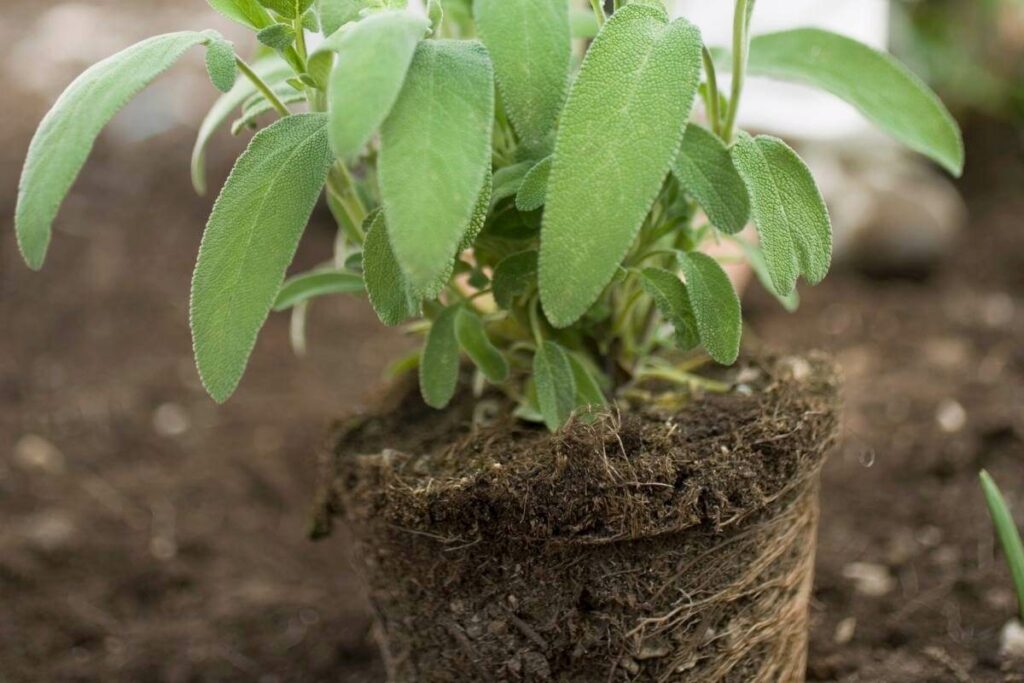
While fertilization is good, you should never overdo it.
Fertilizing more frequently can result in a buildup of salt in the soil, causing burns or black leaves.
Apart from fertilizing adequately, you may also replace the first few inches of the topsoil with fresh potting mix or flush the soil 4-5 times with water to get rid of the salts while permitting it to drain between flushes fully.
Final Thoughts
A healthy sage plant has grey-greenish leaves; therefore, you can quickly notice when its leaves begin turning black.
Proper sage care should be observed, especially the moment signs of black leaves begin before they advance to wilting and eventually death.
Prune the already black leaves while the remaining plant should be placed under suitable sage growing conditions to revive and prevent further harm.
